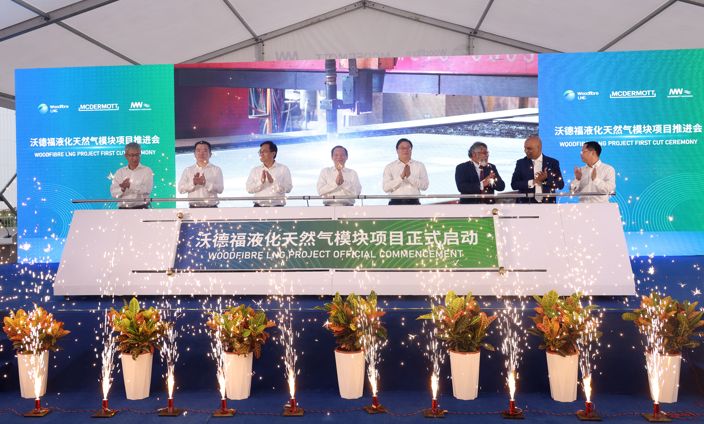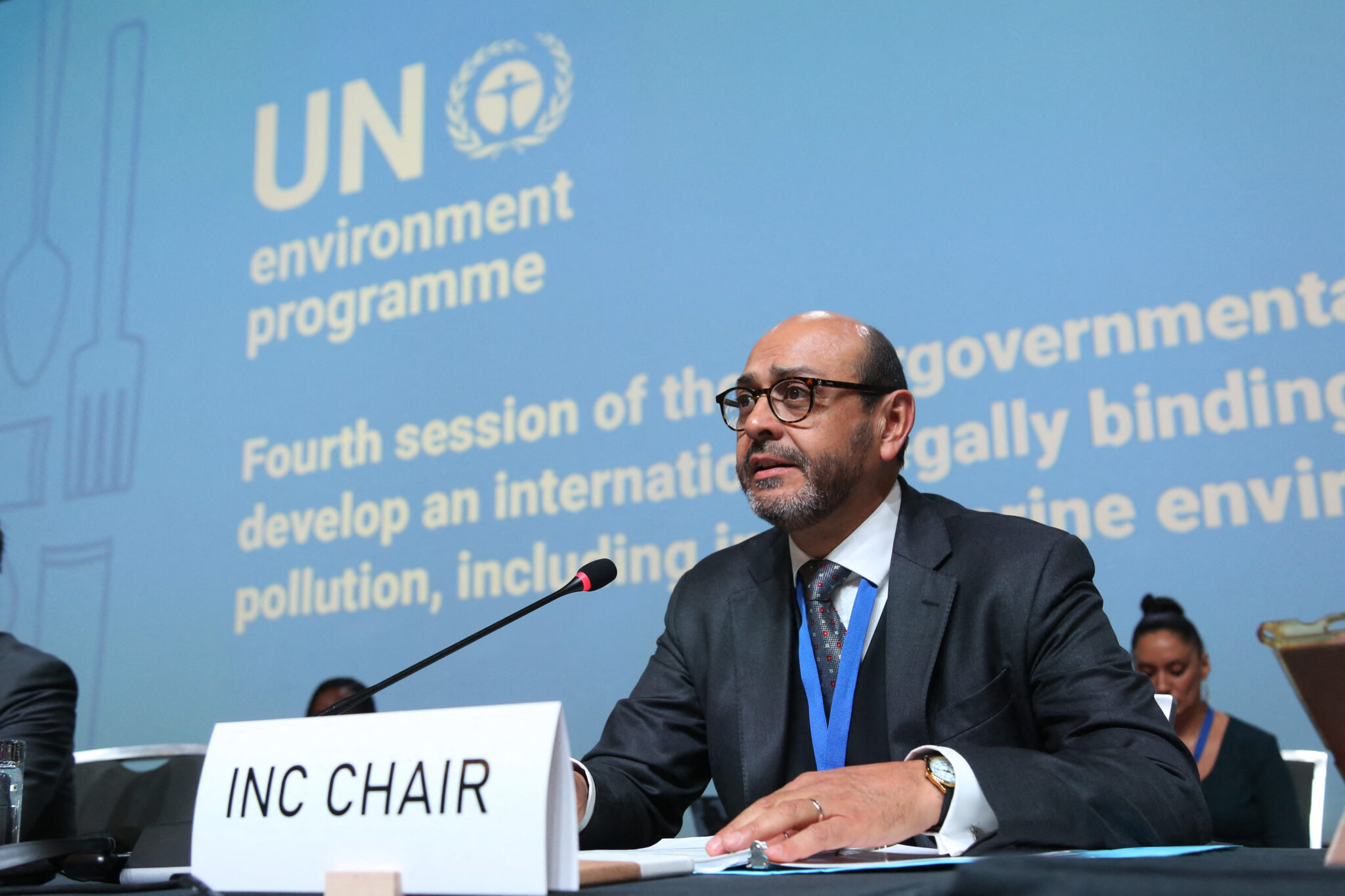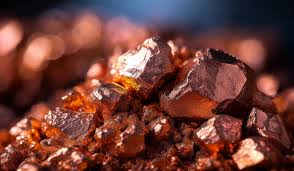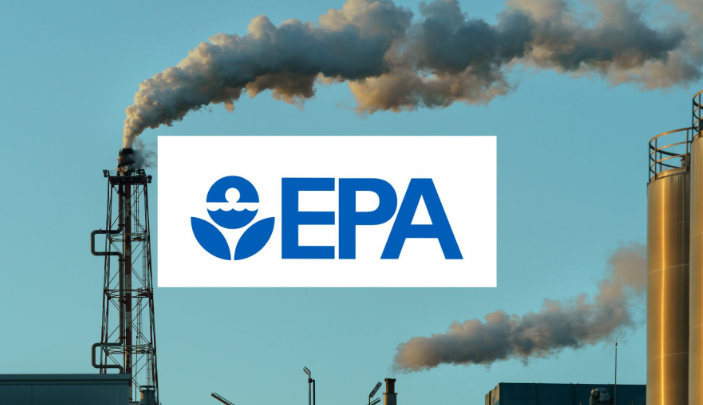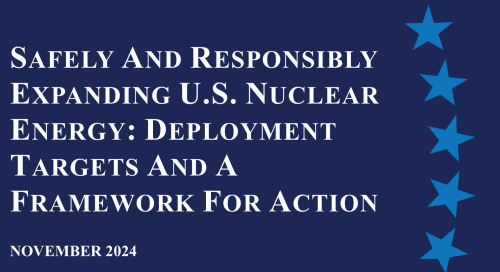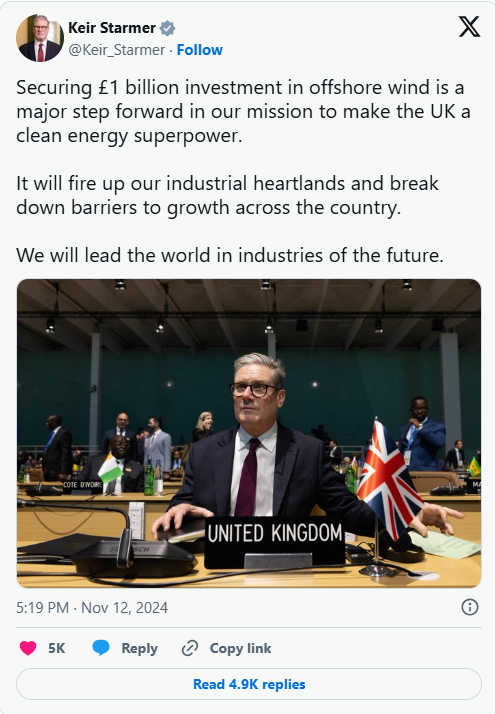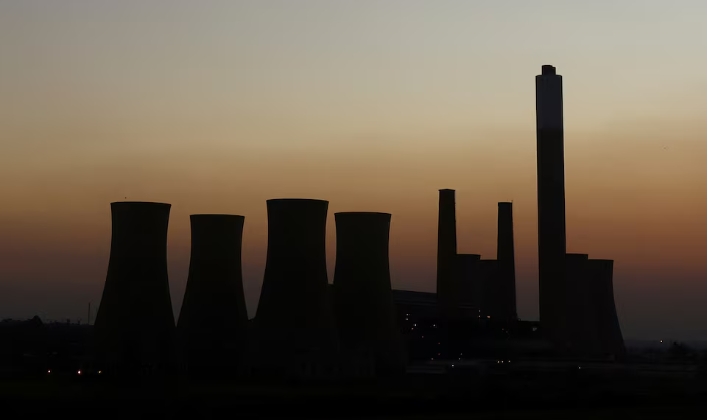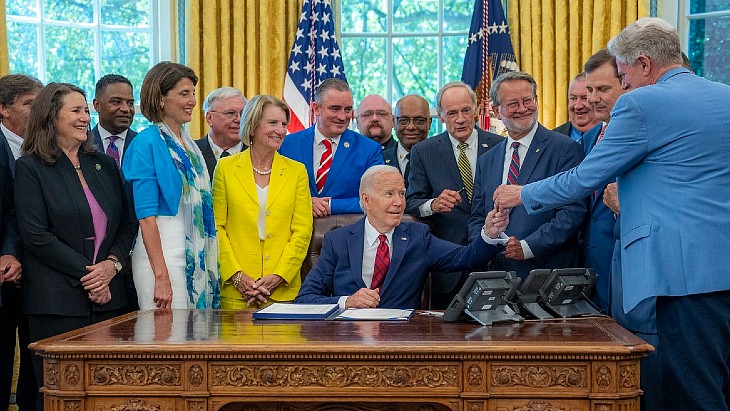Construction of the Woodfibre LNG, a project being developed by Pacific Energy and Enbridge, has officially begun as Qingdao McDermott Wuchuan (QMW) fabrication yard, a joint venture of McDermott and China State Shipbuilding Corporation (CSSC), started building the first module for the project.
QMW announced the official commencement of the project construction on 31 July with the initial steel cut at the yard.
QMW’s scope of work covers building 18 modules totalling 34,359 MT, including module fabrication design, bulk material procurement, modules construction, mechanical completion and pre-commissioning, weighing, loading-out and sea-fastening.
The project is scheduled for delivery in the third quarter of 2025.
To remind, Woodfibre LNG awarded an engineering, procurement, fabrication, and construction (EPFC) contract to McDermott back in November 2021. A notice to proceed, i.e. an instruction from Woodfibre LNG to McDermott to start the work in order to move the project toward major construction start, was issued in April 2022.
Siemens Energy was also contracted to deliver all equipment associated with the main refrigeration trains including compressors, synchronous motors, variable speed drives, converter transformers, harmonic filters, and numerous powerhouses.
As of November 2022, Enbridge owns a 30% ownership stake in the Woodfibre LNG project while Pacific Energy retains the remaining 70% stake in the project.
The Woodfibre LNG project is a 2.1 million tonnes per annum (mtpa) LNG export facility with 250,000 cubic metres of floating storage capacity.
The project is being built near Squamish, British Columbia, Canada. It is underpinned by two long-term offtake agreements with BP Gas Marketing for 15 years representing 70% of the capacity, with additional commitments in development for up to 90%.
According to developers, it was designed to be among the lowest carbon-intensive LNG export facilities in the world, with an annual emissions profile of 83,374 tonnes of CO2e annually, and a carbon intensity of 0.04 (tonne of carbon dioxide equivalent [CO2e] per tonne of LNG), which is well below the Provincial benchmark of 0.16.
Earlier this year, the project revealed its target to achieve net-zero emissions by the time operations start in 2027, or 23 years ahead of government regulation.
